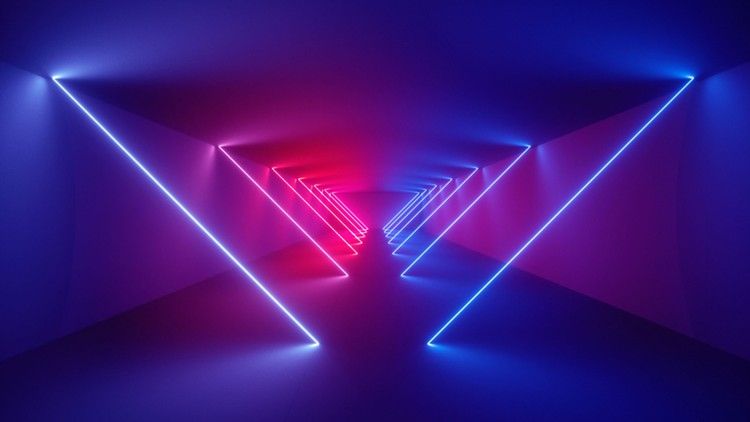
The LED Pixel Master Course
Today, I released The LED Pixel Master Course on Udemy! I've wanted to create a Udemy course for quite a while now, and I figured a course on LED pixels was the perfect place to start.
You can use this link to get the course for $10 using a special coupon :)
I created the course because I had to build up my knowledge of LED pixels by cobbling together information (and misinformation) from multiple sources, including documentation, forums, online videos and lots of trial and error. I want the course to be a single place where people can get all of the information they need to learn all about LED pixels and how to use them.
The course focuses on safety and best practices throughout, whereas most video tutorials are more like step-by-step guides that don't explain why things are done the way they are.
I'm really proud of how the course turned out. I know that things can be improved (and they will be over time), but for my first course I think it's a solid effort.
I thought I'd jot down some notes on the things I learned whilst creating the course.
Camera
I mainly used my Canon EOS M with an 18-55mm lens (set at around 24mm) to record the course. I made use of a macro lens for some closeup shots of LED pixels, and used my Galaxy S7 to record some of the soldering etc.
Lighting
I had never really recorded myself on camera for anything online before, and I didn't want cruddy video quality. I took a look at some lighting tutorials online and quickly realised I'd need to get my hands on some softboxes or umbrella lights. I ended up snagging a great bargain on Gumtree: three softboxes (one of them with a boom stand) and two umbrella lights with a carry case for $80.
Audio
I was initially planning on investing in a Blue Yeti mic for my audio, but I ended up going with the Rode SmartLav+ lapel mic. They cost $58 but I got one for $36 through a friend at JB. The audio quality of the mic is really quite good, but the main downside is that the mic uses a TRRS connector, and needs a $15 adapter to work with a PC.
I ended up using the mic as-is with my phone to record videos where my face is being recorded, and bought the adapter to record straight into Audacity for screen recorded videos (which are the majority).
Software
I went with Camtasia Studio for putting my videos together. I have experience with Adobe After Effects, but I felt it'd be too heavyweight for putting together a course, and I was looking for productivity. Aside from a couple of bugs, Camtasia has been fantastic for quickly putting videos together.